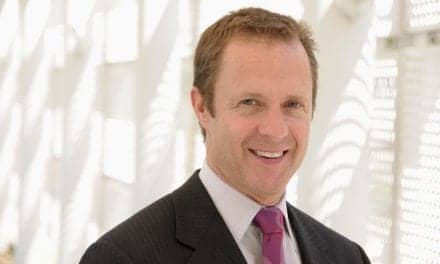Facial plastic surgeons take out their crystal balls and share a glimpse of what we will see more, or less of, in the coming year in cosmetic surgery.
After taking a look into their crystal balls for the year ahead, American Academy of Facial Plastic and Reconstructive Surgery members reveal the following predictions:
Natural-looking results are here to stay.
Gone, but not totally forgotten are the highly sculpted noses, plumped-out puckers, and frozen faces of plastic surgery past. Today’s procedures create natural-looking results so you look refreshed, relaxed, and like the best version of yourself. As the memories of that over-done look fade to black, we can expect an even greater uptick in the number of men and women seeking cosmetic enhancements.
“The desire to look better, but natural, is not new. In fact, most patients fear the stretched or windblown look as well as the overdone, un-natural-looking nose. Overdone Hollywood celebrities do more to create fear of surgery. The biggest challenge for well-trained facial plastic surgeons is to help patients understand that they can have improvements, while looking totally normal, just better,” says Phillip R. Langsdon, MD, Memphis facial plastic surgeon and president of the American Academy of Facial Plastic & Reconstructive Surgery (AAFPRS), in a media release.
“The pendulum is swinging back to a more natural look,” adds Nashville facial plastic surgeon Mary Lynn Moran, MD, the president-elect of the AAFPRS. “We will see less overfilling of cheeks and lips in the coming year.”
Micro will be a macro buzz word in 2019.
Microneedling with platelet rich plasma (PRP), microblading, and micro- or baby Botox will gain momentum in the coming year. Microneedling uses a special roller or device with needles to create tiny channels in the skin to trigger its natural wound-healing capabilities, namely the production of collagen and elastin, the building blocks of supple, youthful skin.
PRP injections jump-start this healing response. Microblading is the new go-to for over-plucked or waxed eyebrows. It’s a type of tattooing where pigment is implanted under the skin with a manual handheld tool. Micro-Botox involves injecting small amounts of neuromodulator within the upper layers of the skin to enhance tone, smooth wrinkles, and reduce the size of pores.
Minimal tweaks combined can produce maximum results.
And we can except social media, selfie-awareness, and the recently coined “snapchat dysmorphia” to continue to fuel consultations and requests for facial plastic procedures in the coming year. In 2017, 55% of facial plastic surgeons noted having seen patients expressing a desire to look better in selfies, and this will has only gotten more pronounced.
“While there is definitely more interest because of social media, there is also a growing misconception of what can be realistically improved as well as how those improvements might be attained,” Langsdon comments, the release continues.
“Society is extremely self-critical as a result of social media pressure to live curated photo-documented lives, and this is not going to ease up,” Moran states.
Expect a greater emphasis on jawline aesthetics as a result. In the past, surgery was the only way to soften or sharpen a jawline, but now there are a host of minimally invasive techniques including injections, thread lifts, and energy-based treatments available to help taper the lower face. Combination therapies can offer more visible results with minimal intervention and manageable downtime.
[Source: Kelz PR]




